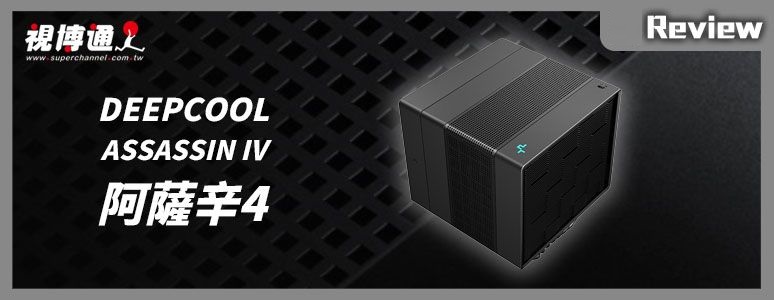
DEEPCOOL’s Kyushu Aeolus has introduced its fourth-generation flagship air cooler, the ASA Xing, featuring a matrix layout that’s consistent with its family design philosophy. This cooler sports an all-black, sleek look that exudes both tranquility and sophistication. Employing a novel bidirectional heat balancing technology for its heat pipes, this cooler offers optimal thermal performance whether mounted vertically or horizontally within a case. Though it’s 18% lighter than its predecessor, its cooling capacity is an impressive 280W. A dual-fan setup of 140mm and 120mm sizes offers two-speed options for the ultimate in quiet operation.
Specs and Size: 144 x 147 x 164 mm
Net Weight: 1575 grams
Heat Pipe Details: 7 pipes, each 6 mm in diameter
Warranty Period: 6 years
Compatibility: Supports Intel LGA1700/1200/115X/2066/2011 and AMD AM4/AM5 platforms
Double Winner, Geometric Matrix Design | Kyushu Fengshen Asayuki 4 Unboxing
With a history as a reputable cooling solutions manufacturer, Kyushu Fengshen released its first-generation Asahi cooler back in 2012. Ever since, the Asahi line has served as the brand’s premium air-cooling offerings. Garnering prestigious accolades like the annual Red Dot and IF awards, the series distinguishes itself from the conventional dual-fan, twin-tower designs. In the latest Asahi 4, the front fan has been repositioned to the rear, leaving only the blackened matrix fins visible at the front. The resulting form closely resembles a cube and can be described as highly futuristic.
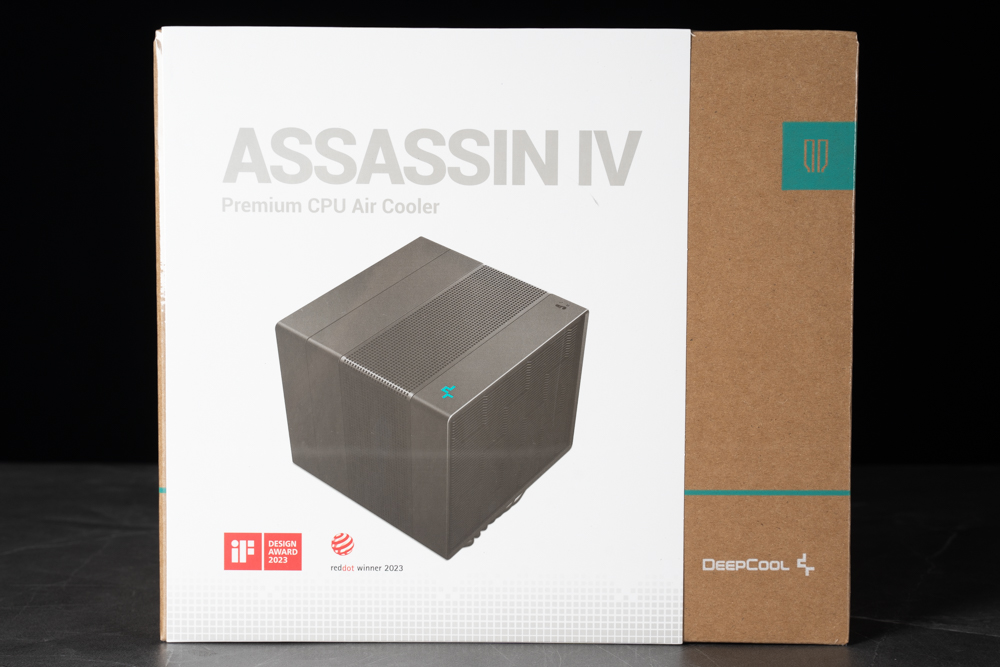
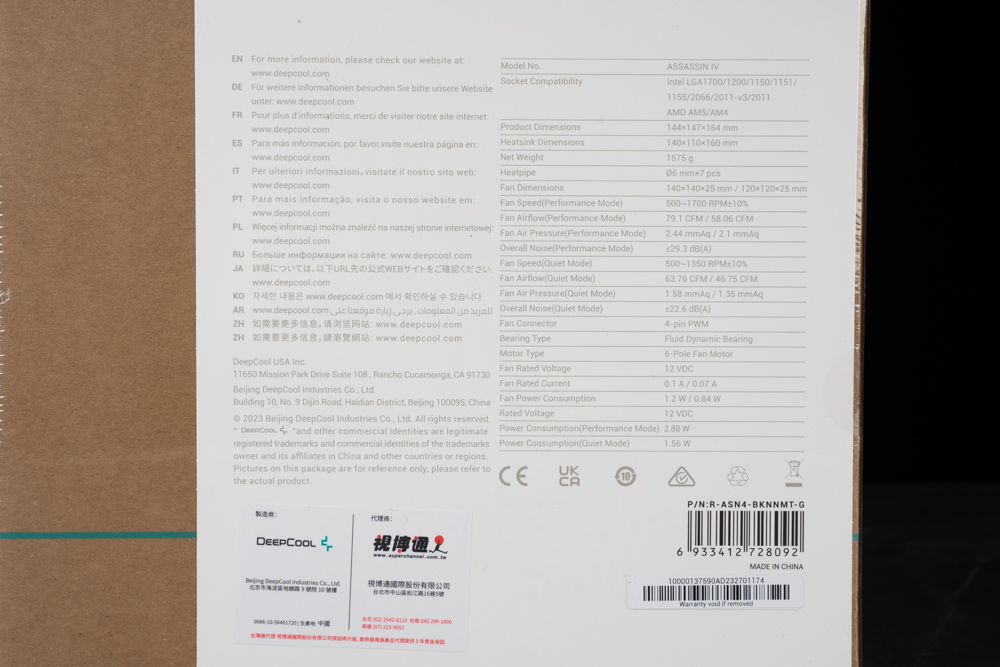
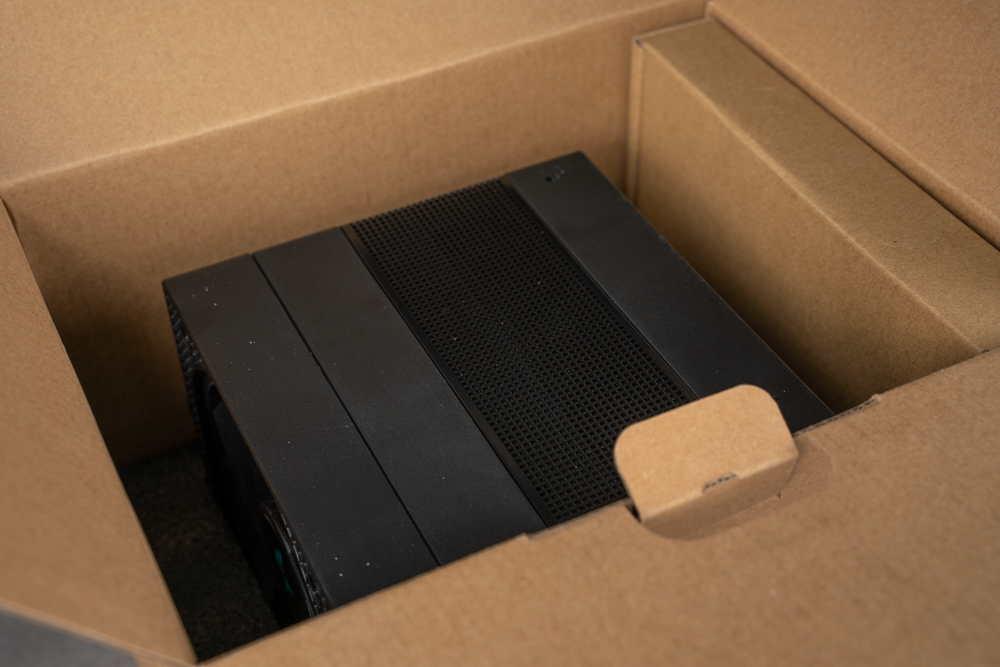
The Asakin 4 features a dual-tower, dual-fan configuration, all in a sleek black design. It employs seven 6mm heat pipes and a total of 106 aluminum fins, utilizing a hybrid technique that combines both through-fin and folding-fin technologies. Remarkably, it achieves an 18% reduction in overall weight compared to its predecessor.
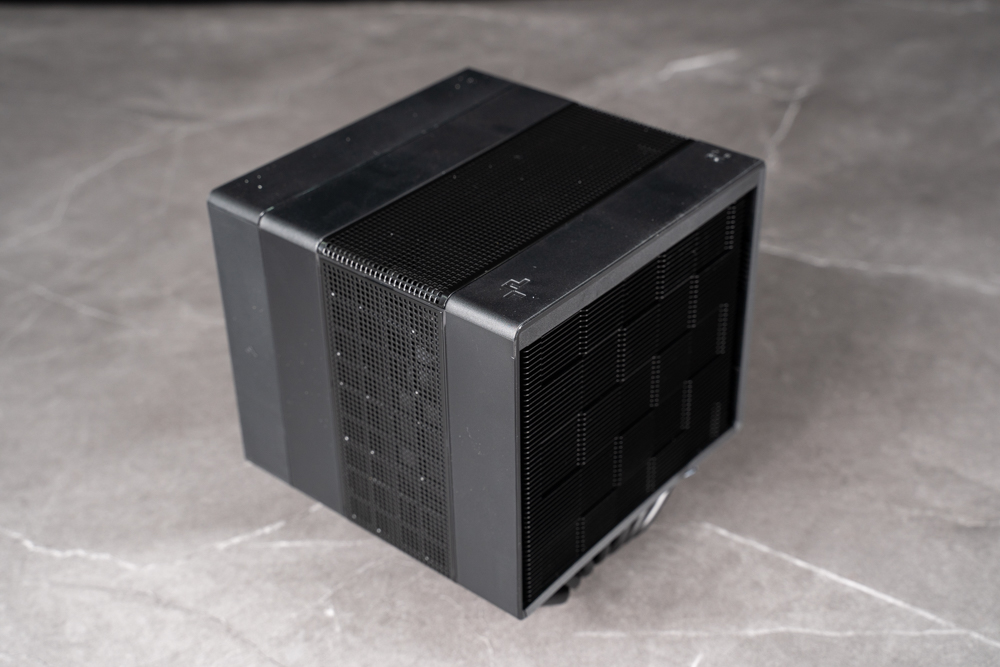
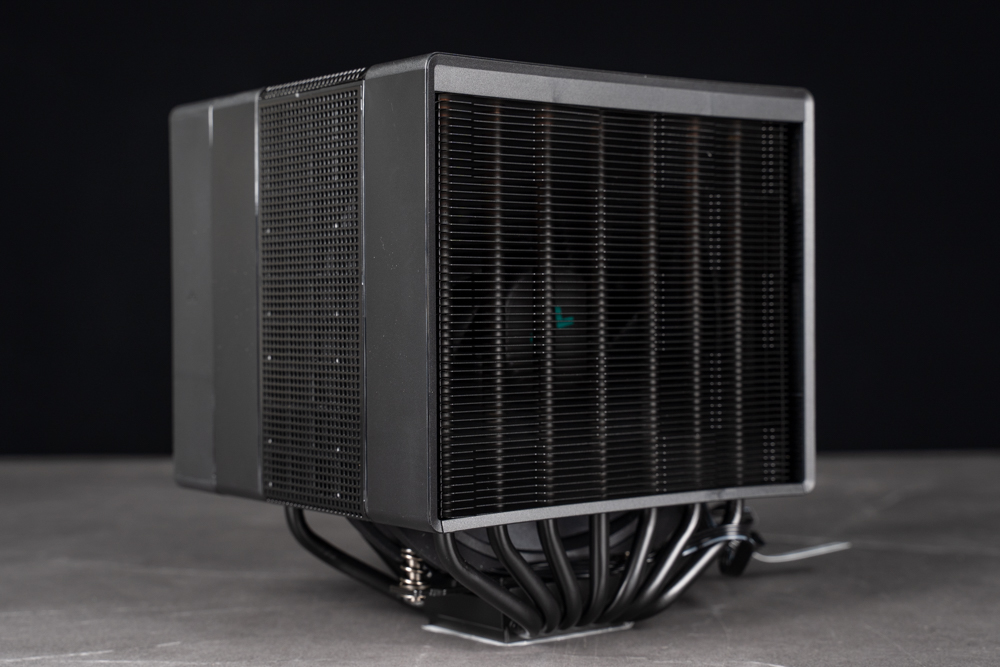
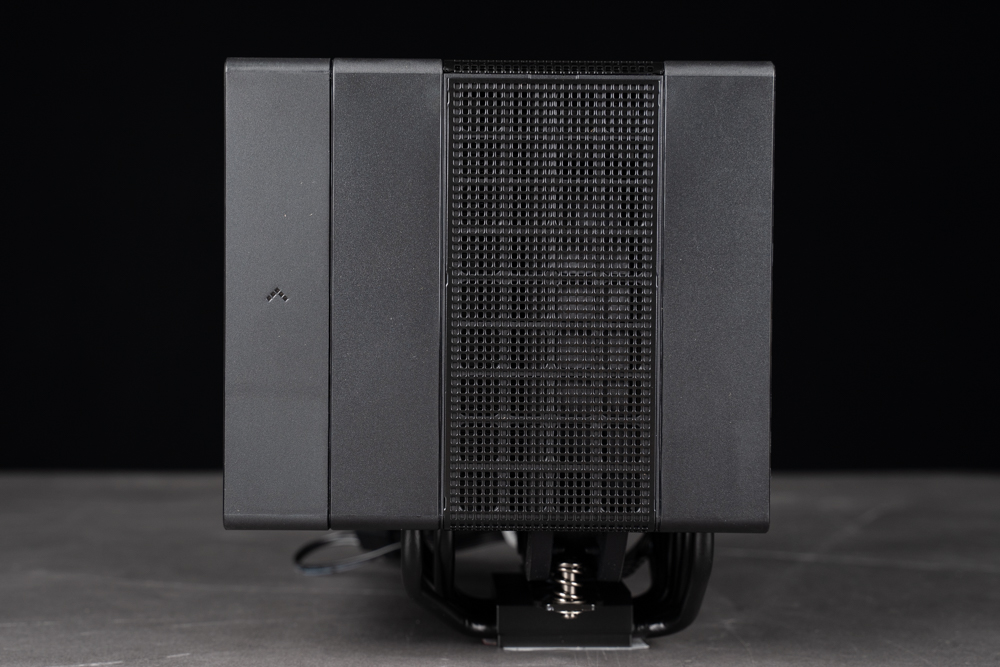
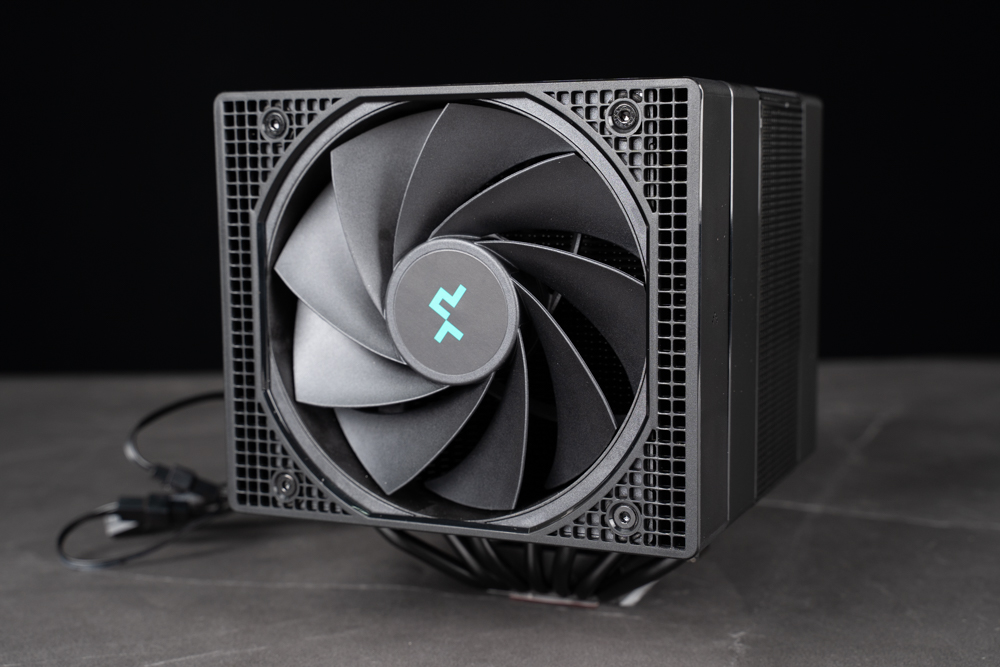
The base of the Asahi 4 is designed with a slight convex shape, allowing for a more snug fit against the CPU when secured with the pressure buckle. This design feature contributes to enhanced thermal performance.
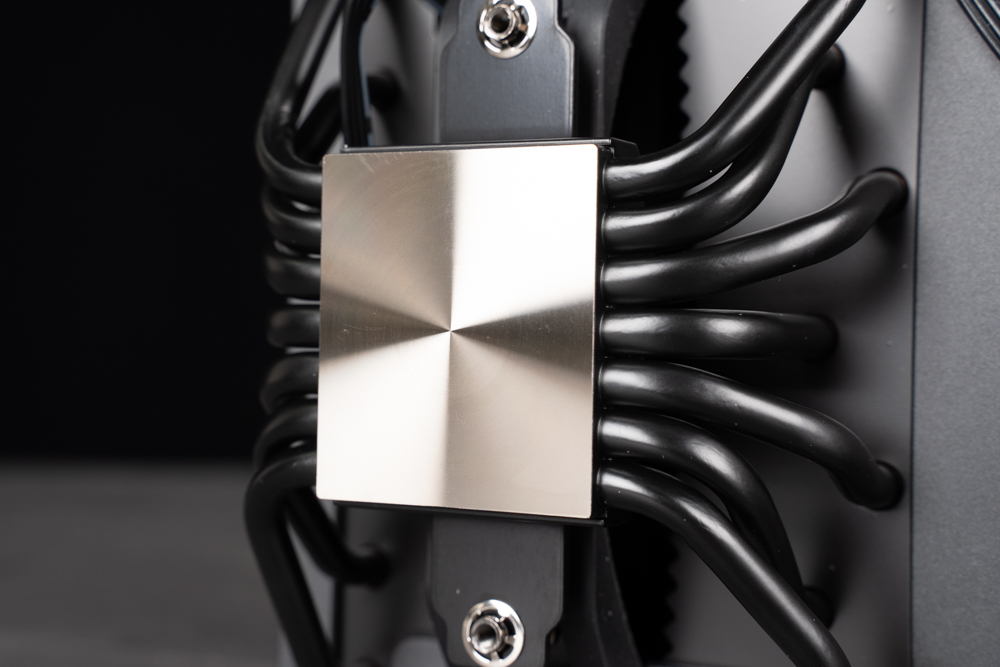
The Asahi 4 employs a fan setup featuring different sizes, with a larger 140mm fan centrally positioned and a smaller 120mm fan at the rear. Users can toggle between fan modes using a switch on the top cover. Quiet mode operates within a range of 500 to 1350 RPM, while the Extreme mode ranges from 500 to 1700 RPM. The unit connects via a standard 4-pin PWM connector and utilizes a one-to-two-point connection to occupy only a single 4-pin socket.
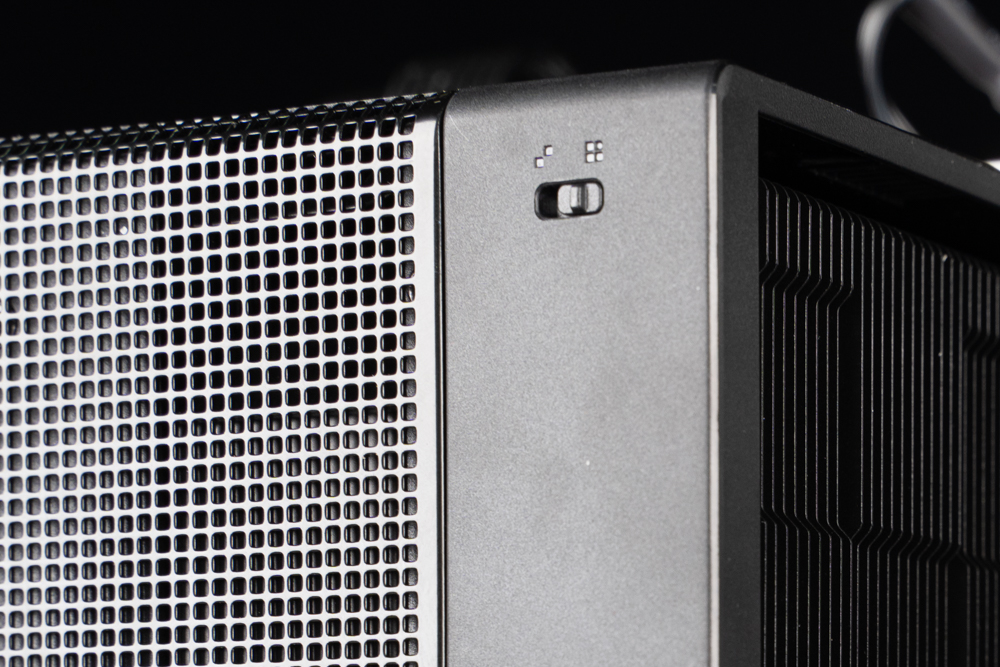
To remove the rear fan, simply pull it towards the back. During reinstallation, it should be secured by snapping it into the grooves located on both sides.
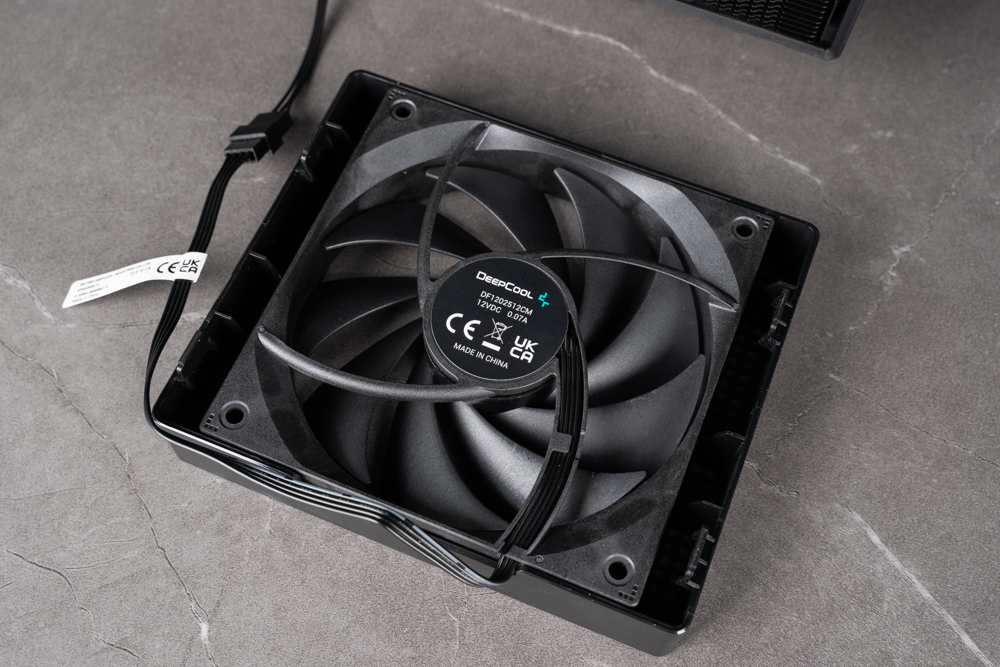
When booting up the machine, it’s essential to take out the middle fan in order to secure the motherboard. The top mesh panel is crafted from a magnetic material, making it easy to remove. The metal buckles on either side can be pressed inward to effortlessly lift the middle fan, offering great convenience.
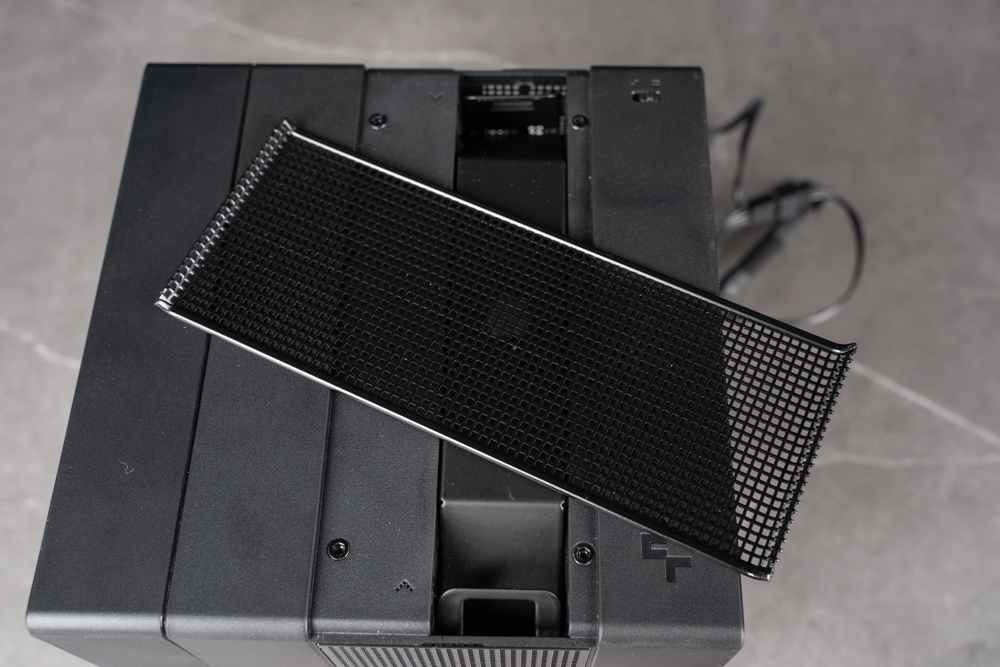
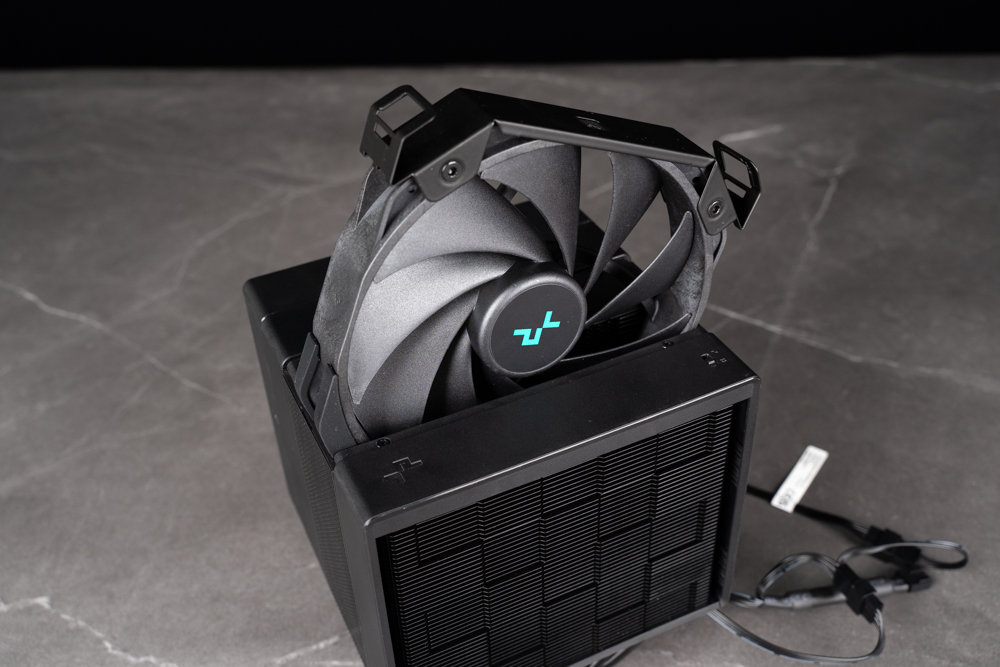
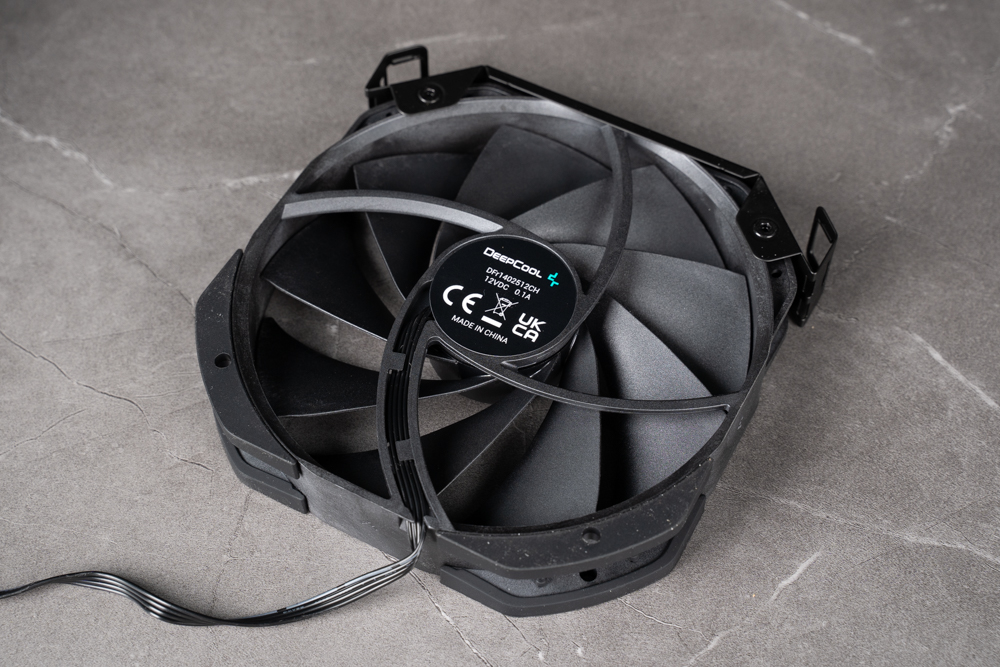
The package includes a front 120mm fan mounting bracket. In testing, the editor used the rear fan for this purpose and found the installation process to be straightforward. The height can also be adjusted to clear any memory modules, although this setup might look a bit unconventional visually.
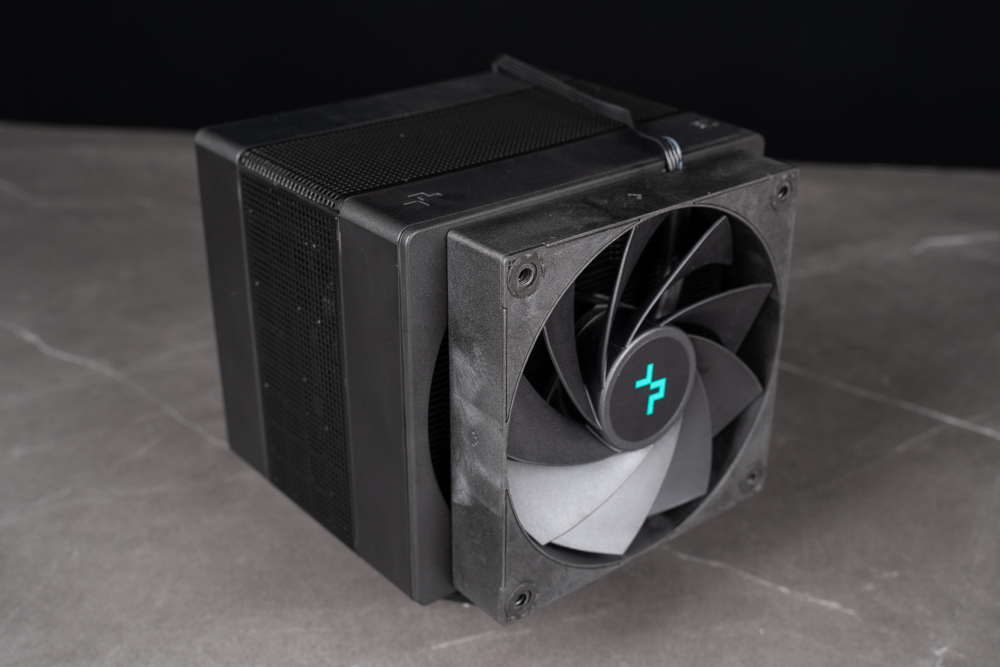
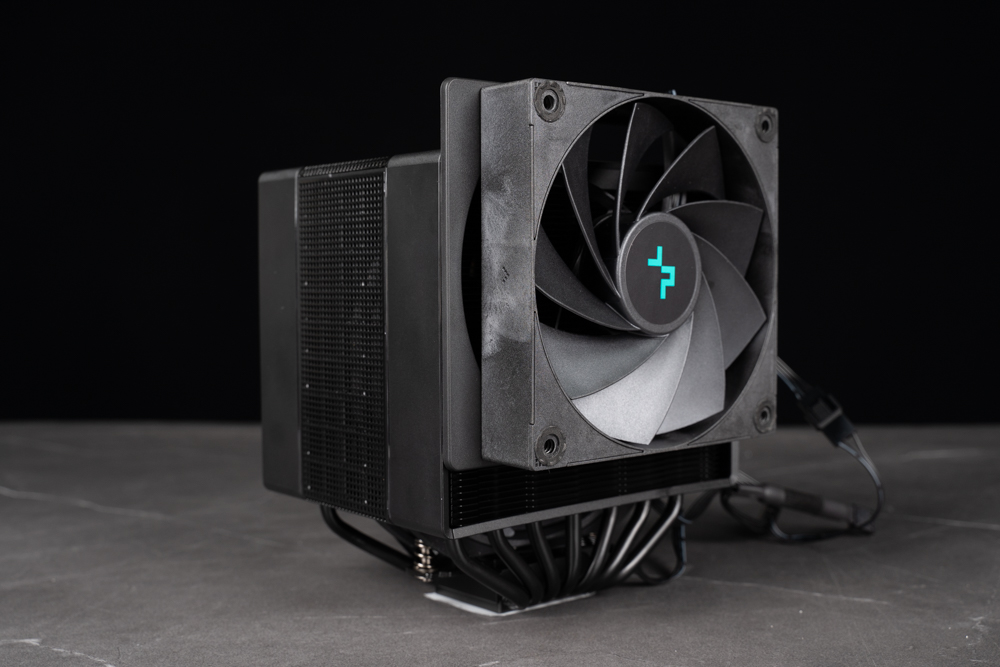
The accessories kit includes a tube of thermal paste, a screwdriver, a front fan bracket, and screw fasteners.
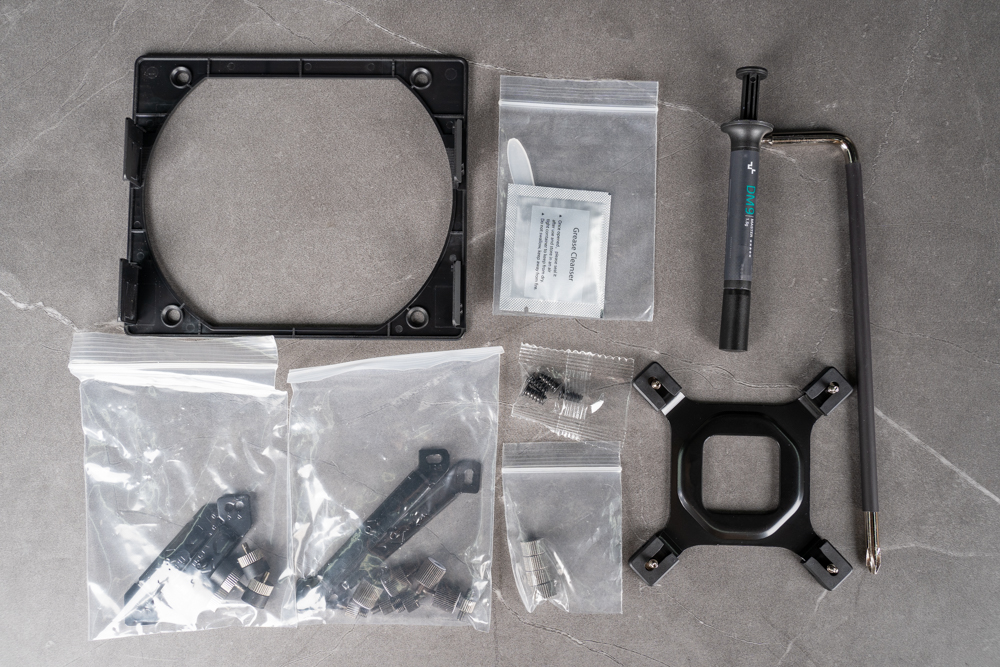
DEEPCOOL Kyushu Fengshen ASSASSIN IV ASSASSIN 4 Dual Platform Installation Demonstration
The Assassin 4 is compatible with Intel LGA1700/1200/115X/2066/2011 as well as AMD AM4/AM5 platforms. For demonstration purposes, the installation was shown on ASROCK Z790 PG SONIC and ASROCK B650E TAICHI motherboards, representing Intel’s LGA1700 and AMD’s AM5 platforms, respectively.
For the Intel LGA1700/1200/115X platforms, a metal backplane is included. When installing on an LGA1700, the studs on the backplane need to be pushed outward. For the LGA1200/115X, the studs should be positioned inward.
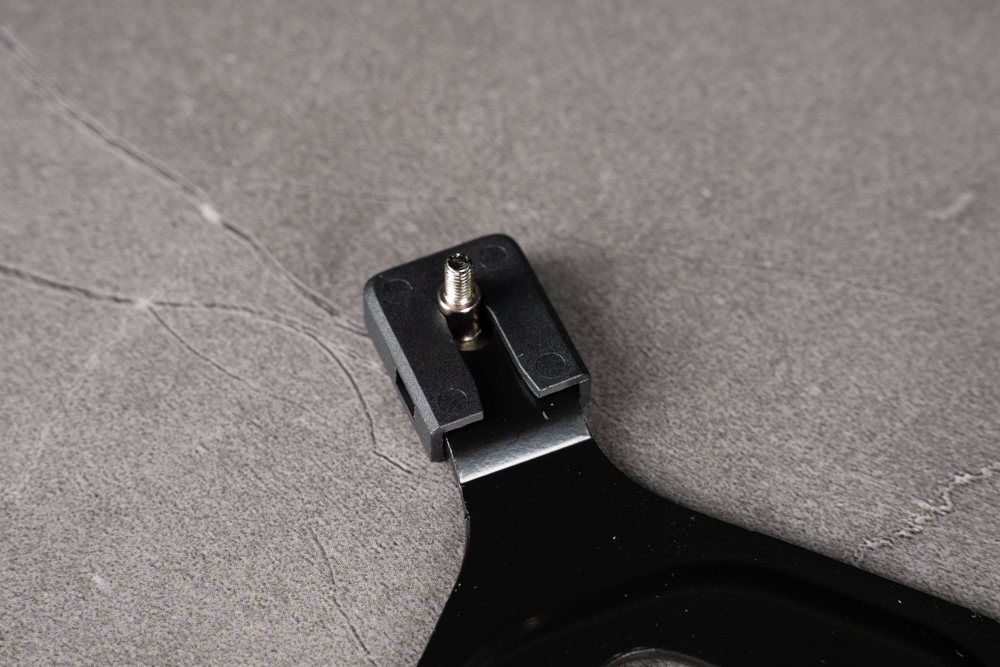
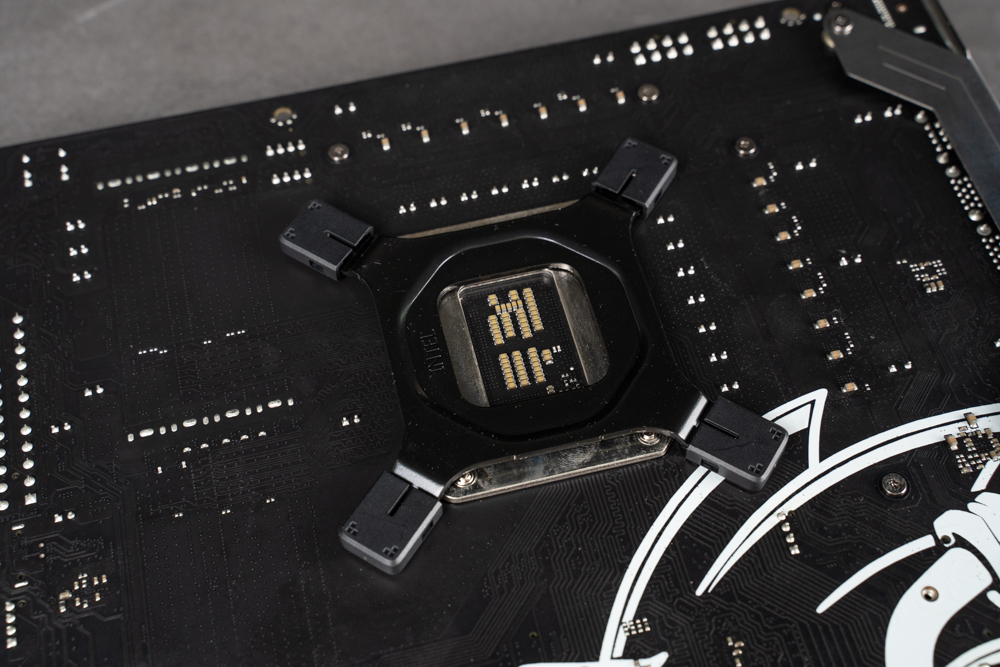
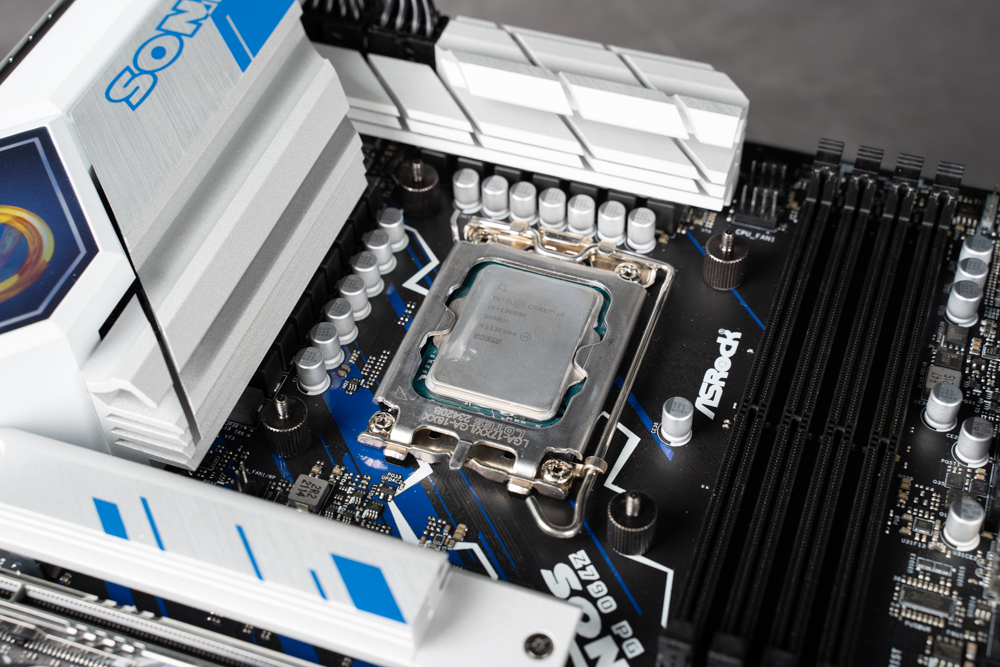
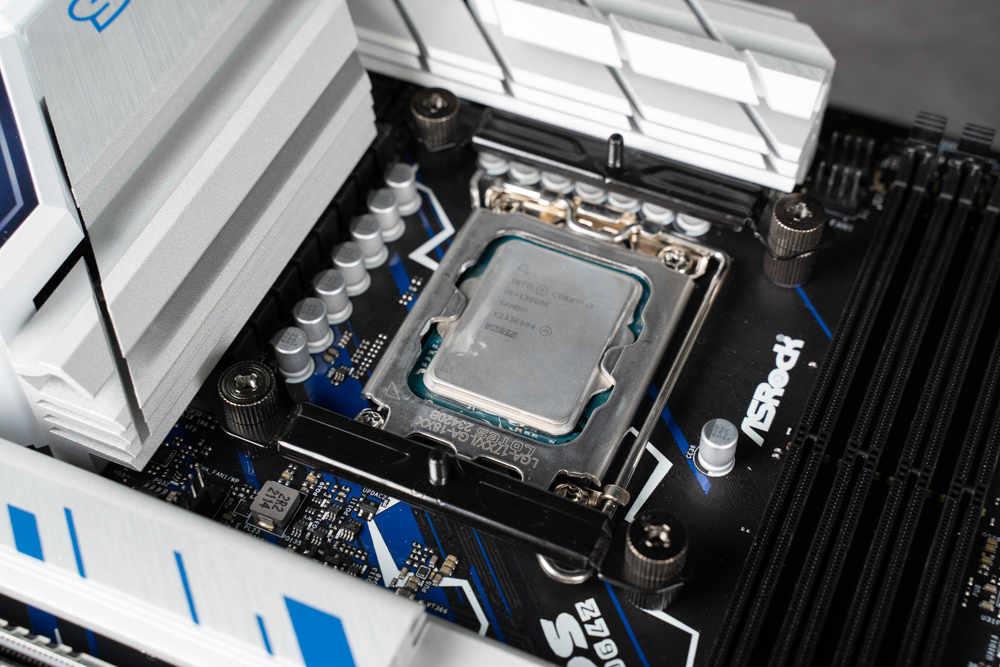
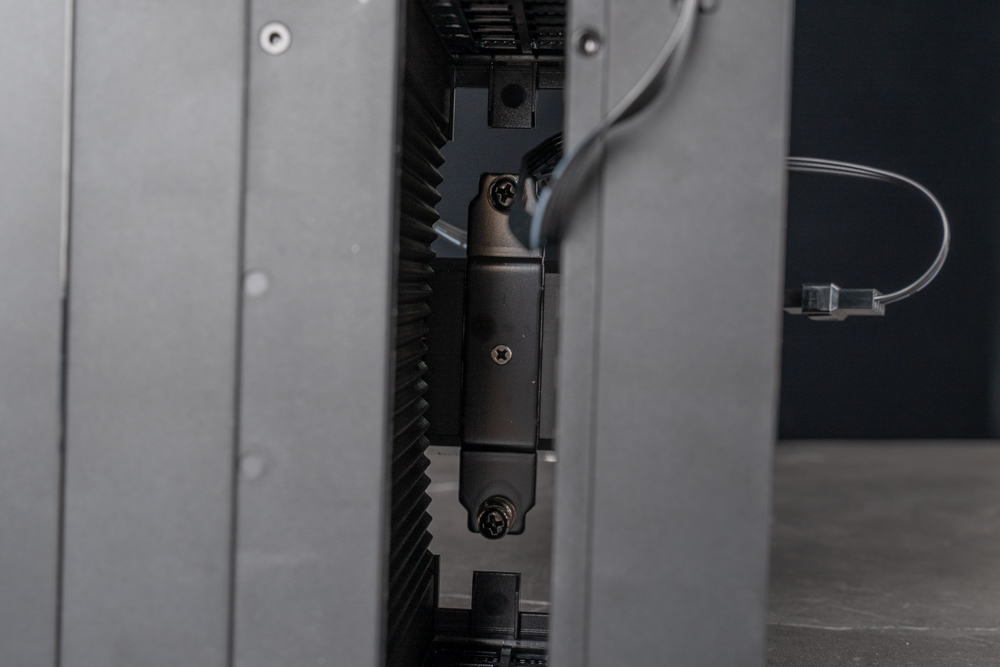
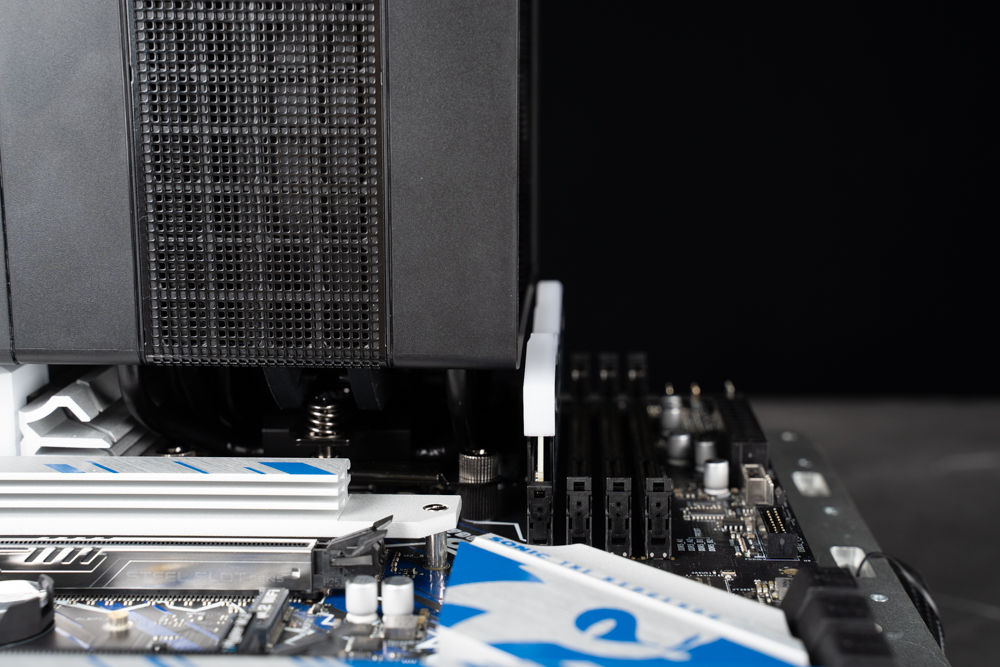
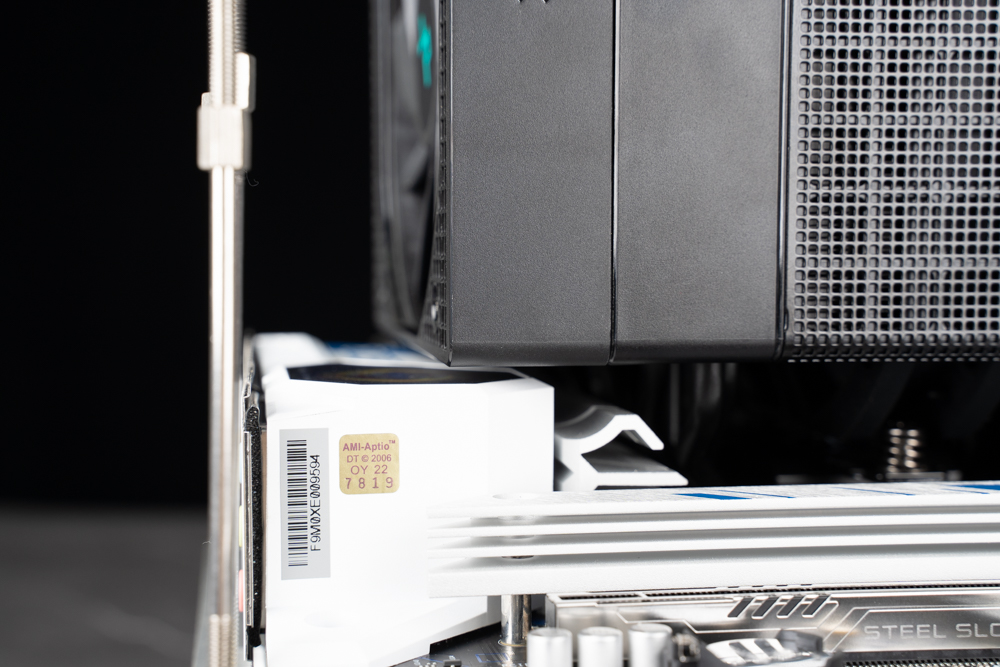
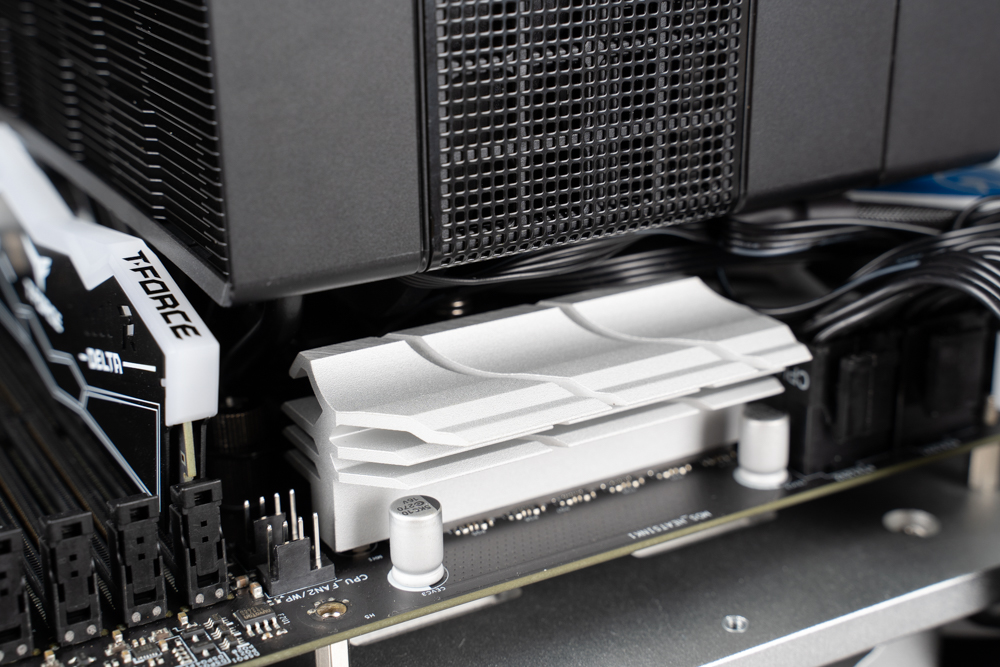
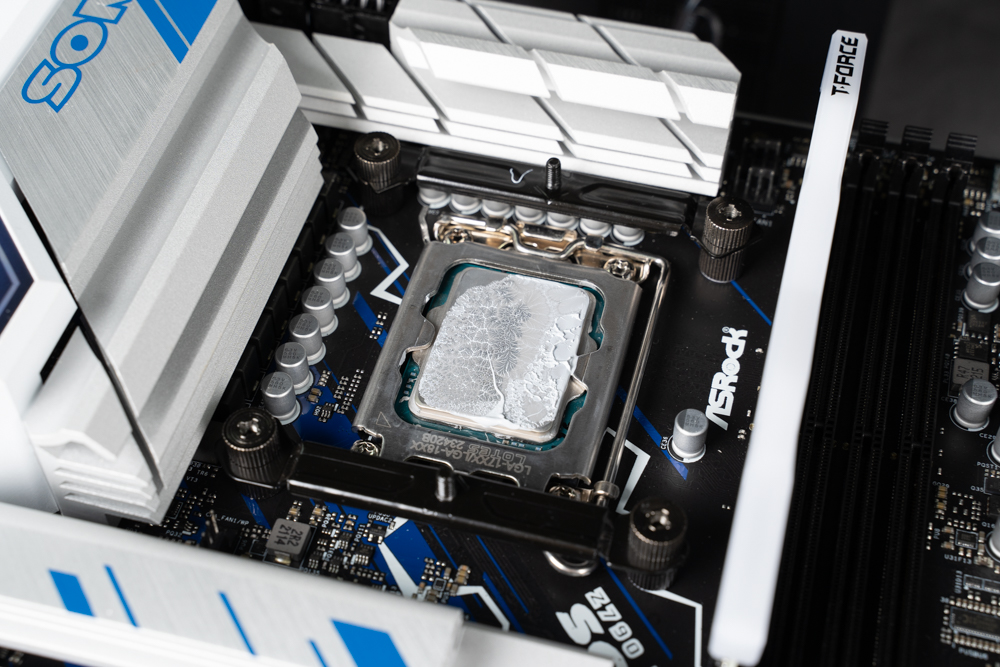
For installations on AMD platforms, the motherboard’s original backplane is required. The installation process is similar to that of the Intel platforms.
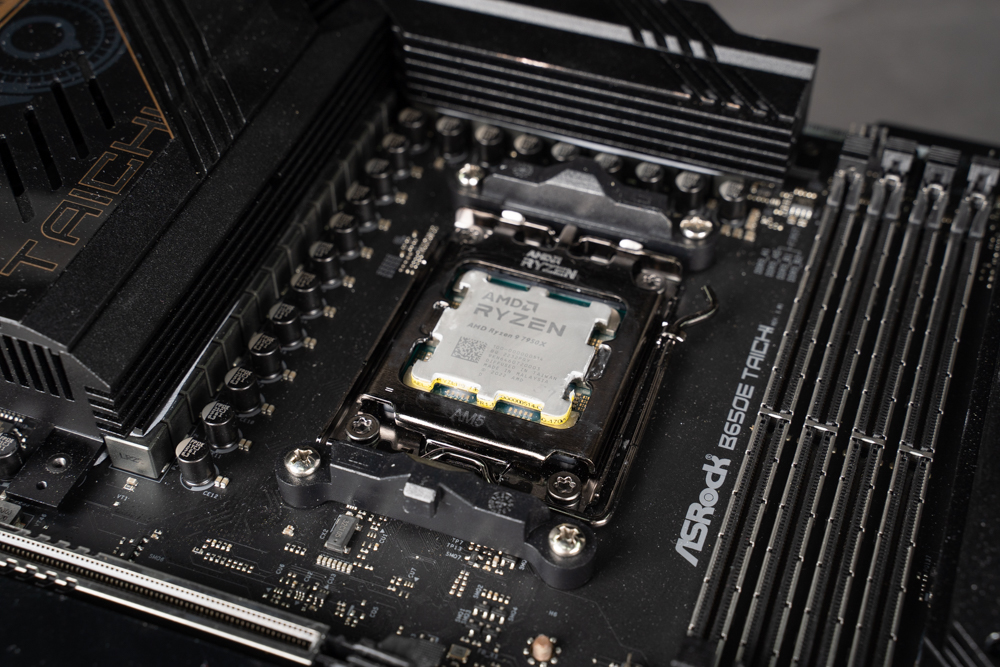
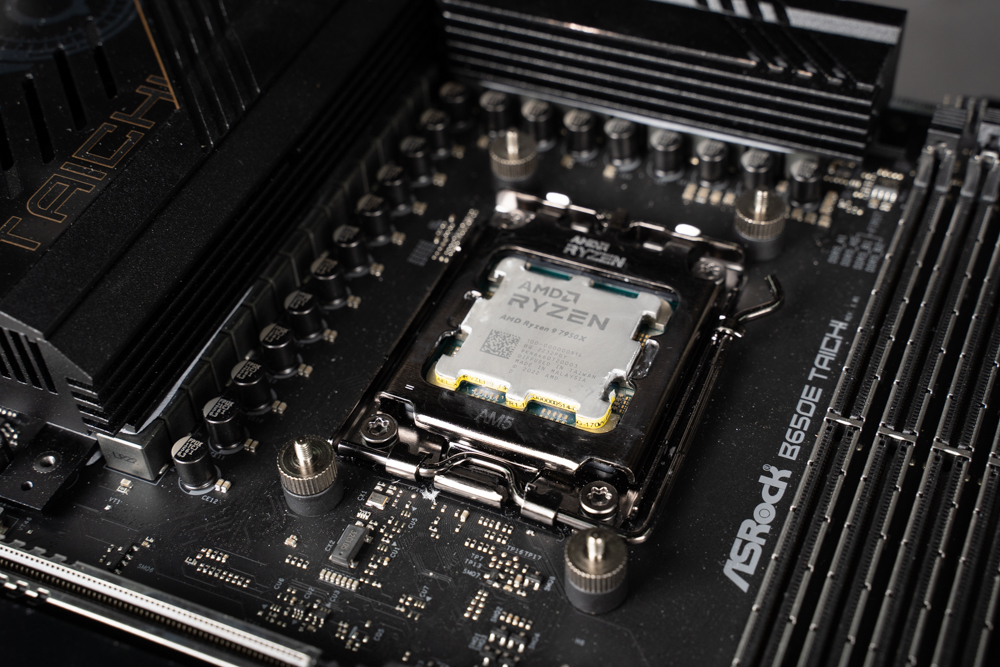
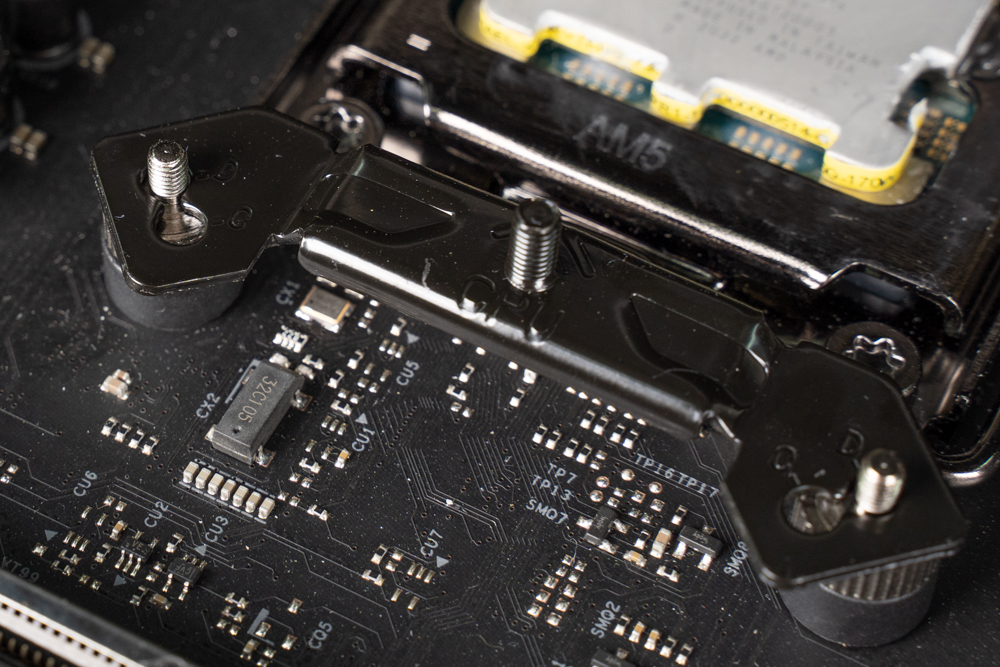
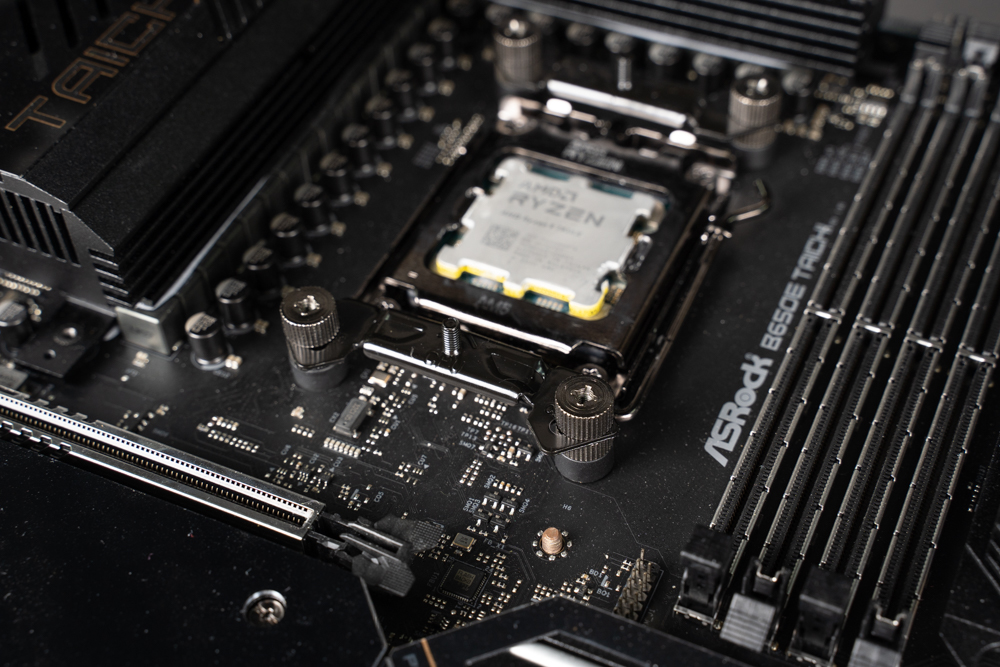
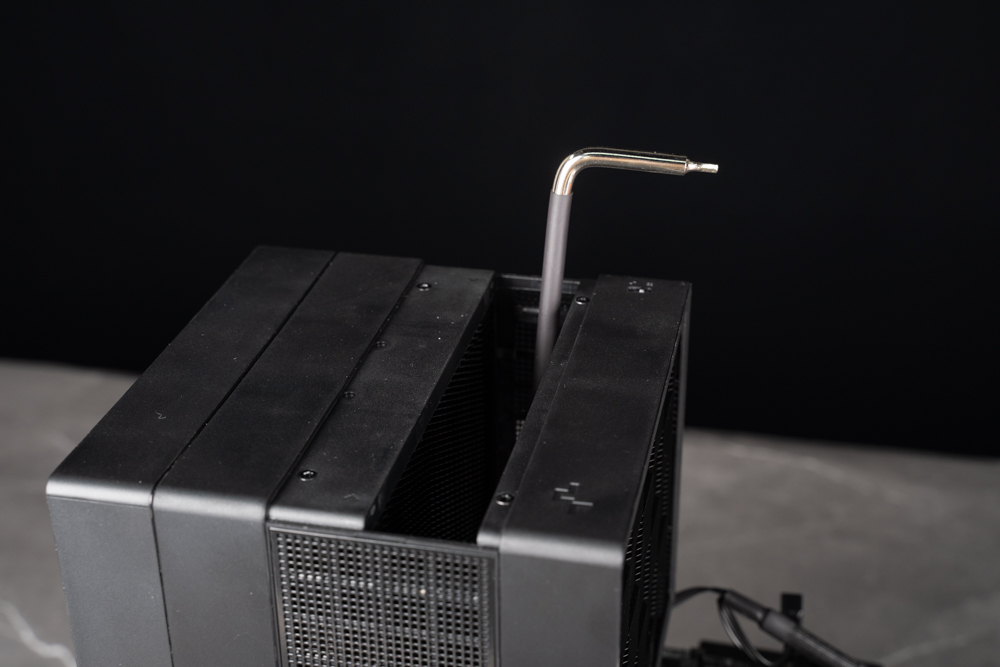
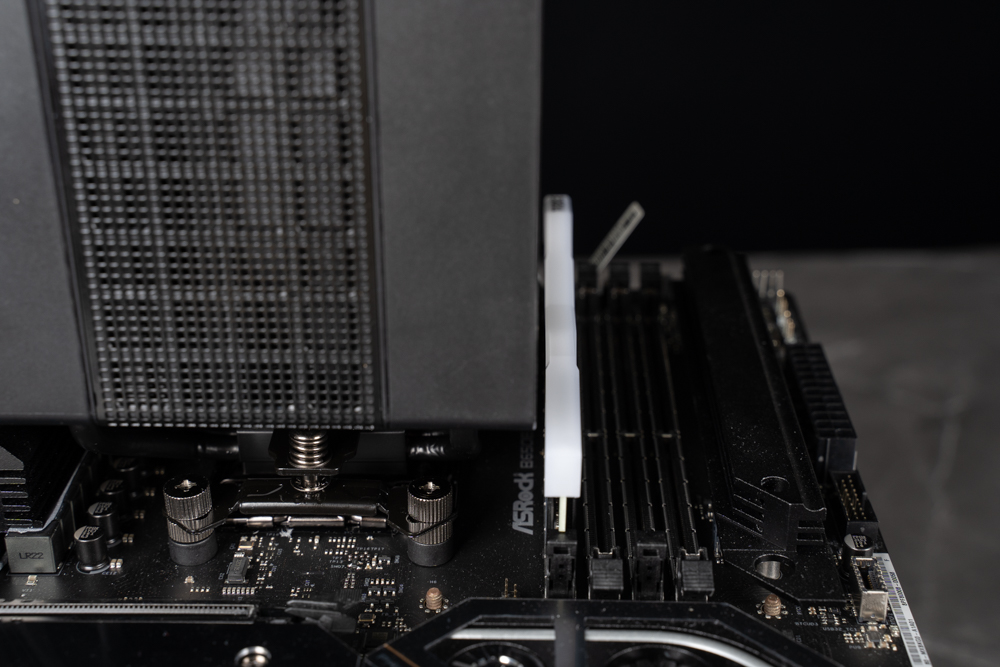
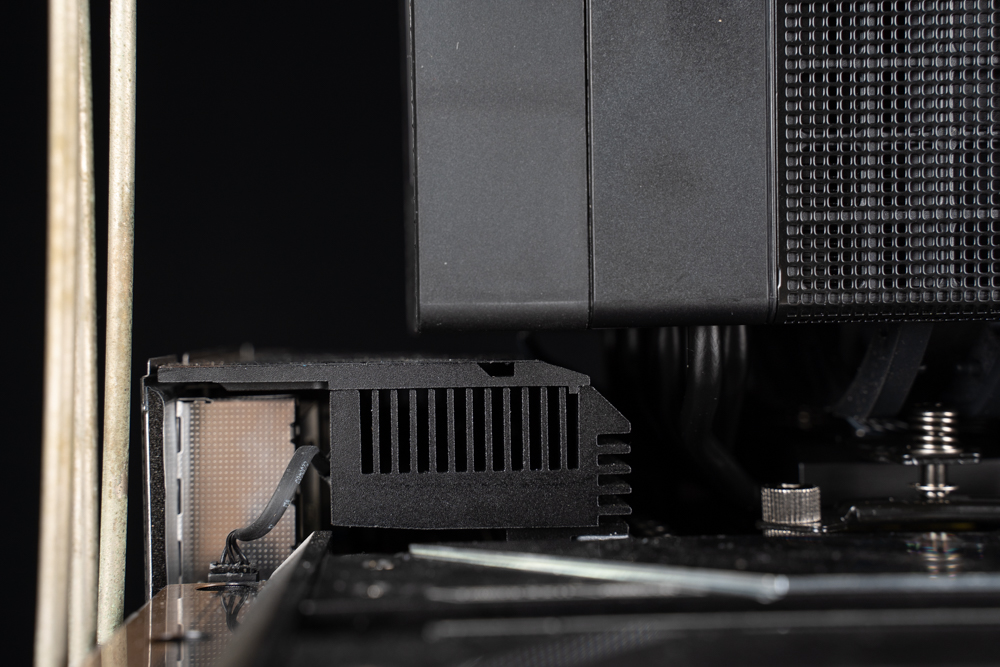
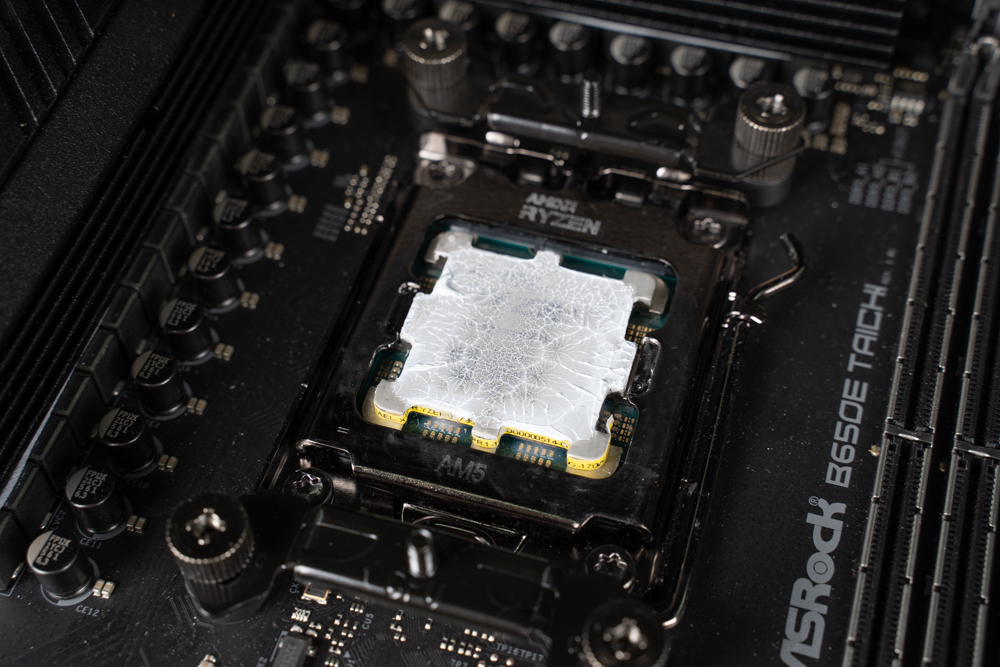
DEEPCOOL Kyushu Fengshen ASSASSIN IV Assassin 4 dual-platform heat dissipation test
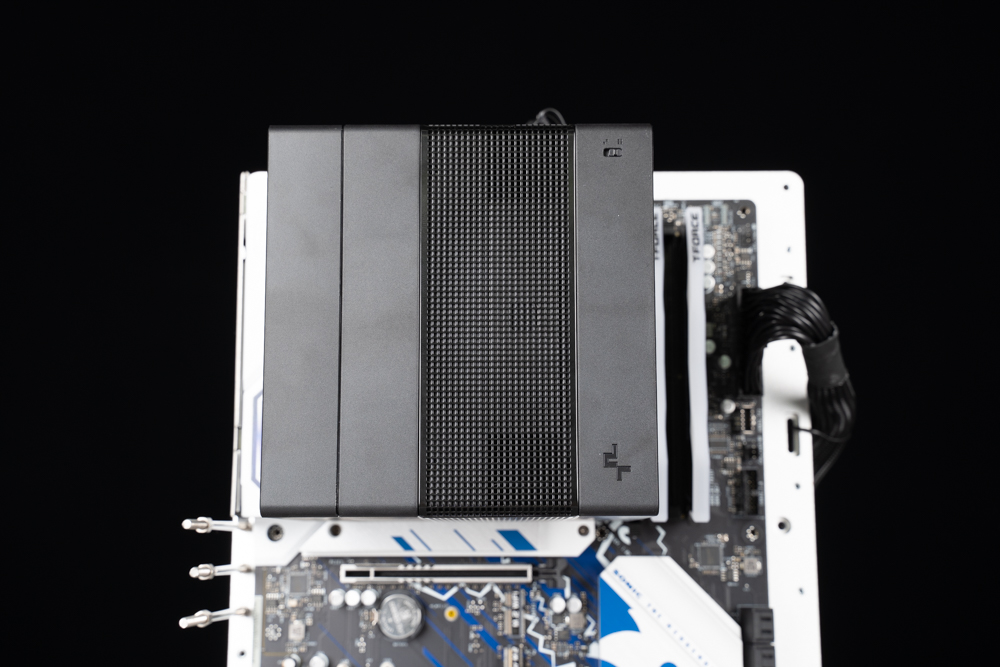
For thermal performance testing, flagship consumer-grade processors from Intel and AMD—specifically the i9-13900K and R9-7950X—were used. Testing was conducted on an open setup in a room with an ambient temperature of about 28 degrees Celsius. Benchmarks used for the test included AIDA64 FPU, AIDA64 CPU, 3DMARK Time Spy, and Cyberpunk 2077.
Intel Test Setup:
- Processor: Intel Core i9-13900K
- Motherboard: Asrock Z790 PG SONIC
- Memory: T-FORCE DELTA RGB DDR5-7200 24Gx2
- Graphics Card: NVIDIA RTX 3070 Ti FE
- System Drive: AGI AI818 1TB NVMe PCIe 4.0 SSD
- Power Supply: CORSAIR RM1000e
- OS: Windows 11 Pro 22H2
AMD Test Setup:
- Processor: AMD RYZEN 9 7950X
- Motherboard: Asrock B650E TAICHI
- Memory: T-FORCE DELTA RGB DDR5-7200 24Gx2
- Graphics Card: NVIDIA RTX 3070 Ti FE
- System Drive: PLEXTOR M9PeGn 512GB M.2 2280 PCIe SSD
- Power Supply: FSP Hydro Ti Pro 1000W
- OS: Windows 11 Pro 22H2
The results were surprising. The Asahi 4’s cooling performance outperformed some of the entry-level 360mm water coolers previously tested. With the Intel 13900K CPU, power consumption was kept at 266W; although there was a minor frequency drop, manual fine-tuning could easily counteract this, making it perfectly suitable for everyday gaming at low to medium loads. Similar results were achieved with the AMD 7950X, where the cooler managed to keep the power consumption at 200W under extreme conditions, fully unlocking the performance of the CPU.
The difference between the two fan modes was minimal, at just 1 to 2 degrees Celsius. Given that the speed variance was only between 1350RPM and 1700RPM, even the extreme mode operated at a low noise level, making noise not an issue at all.
Summary
As integrated water cooling solutions continue to make inroads into the high-performance radiator market, Kyushu Fengshen remains committed to air cooling with the release of their impressive fourth-generation Asahi cooler. Aesthetically striking with its all-black matrix cooling fins, the Asahi 4 doesn’t just look good—it also performs at the pinnacle of what air-cooled radiators can achieve, making it fully capable of handling flagship platforms.
When it comes to compatibility, the relocation of the front fan to the rear ensures that there’s minimal interference with the height of RAM modules, and it doesn’t obstruct the RGB lighting on the memory either. The position of the rear fan can also be adjusted to avoid conflict with the motherboard’s heatsinks, though it’s worth noting that boards with particularly thick upper heatsinks may experience clearance issues with the heat pipes. Buyers are advised to check compatibility before making a purchase.
The dual fans in the Asahi 4 utilize liquid dynamic bearings and operate with three-phase, six-pole motors, which contribute to the cooler’s long lifespan and stability. Even at the extreme setting with speeds up to 1750 RPM, the noise levels are quite tolerable. These attributes should definitely be considered when looking for a high-end air-cooled radiator.
If this article is helpful for you, please share this article with your friends on social media. Thank you!
This article is based on the personality of the reviews. You are responsible for fact-checking if the contents are not facts or accurate.
Title: The Suit Assassin makes its mark! Featuring seven thermal conduits and a matrix of fins—Unveiling and Testing the Kyushu Fengshen Assassin 4 (ASSASSIN IV)